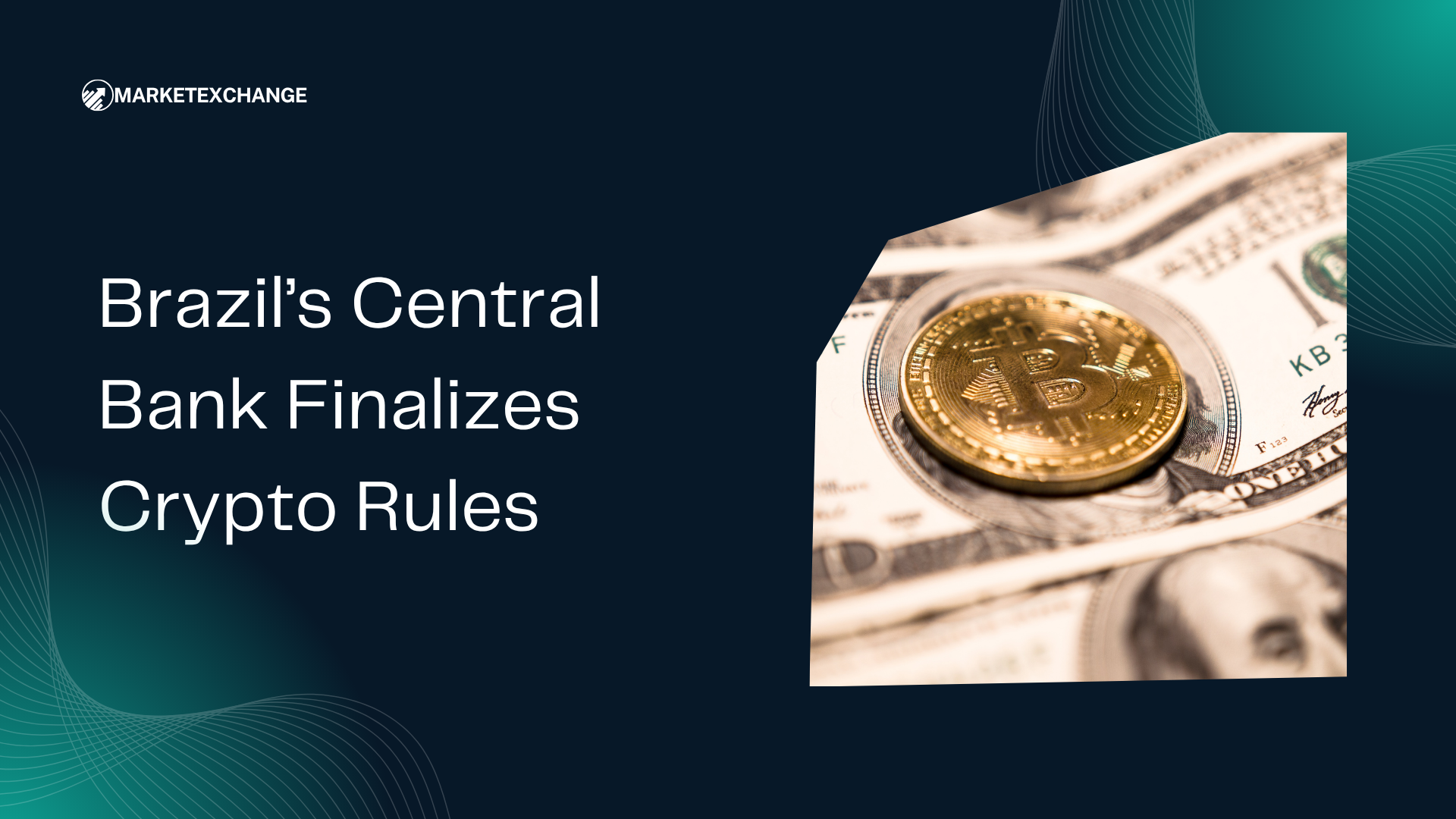
Brazil just put long-awaited structure around its fast-growing crypto market. The Central Bank of Brazil (BCB) has finalized rules that will license virtual-asset providers, classify key activities, and—crucially—set minimum capital requirements ranging from R$10.8 million to R$37.2 million (about $2 million–$7 million) depending on the business model. The new framework lands after public consultations and will start taking effect in February 2026.
What the rulebook does
Licensing & perimeter. The BCB creates regulated entities called Sociedades Prestadoras de Serviços de Ativos Virtuais (SPSAVs) and brings them under direct authorization and supervision—alongside banks and brokerages that choose to operate in crypto. The rules spell out modalities (e.g., intermediaries, custodians, brokers) and, in some cases, prohibit combining certain roles to minimize conflicts. The official text even defines concepts like “proof of reserves,”staking, market makers, and liquidity providers—clear signals about expected controls.
Capital requirements. The headline surprise is size: R$10.8M baseline capital for providers and R$37.2M for some categories—well above the R$1M–R$3M range floated during consultation. CoinDesk first reported the final levels, which aim to weed out under-resourced players and professionalize risk management.
FX treatment for stablecoins. The BCB will treat crypto–fiat transactions—notably those involving USD-pegged stablecoins—as foreign-exchange (FX) operations, bringing them under Brazil’s strict FX regime. This shift reflects the central bank’s concern that stablecoins are heavily used for cross-border value transfer. Reuters notes the rules extend AML/CFT and consumer-protection standards and formalize FX treatment; other coverage highlights operational details and timelines.
When this kicks in. The package—published via Resolutions BCB 519, 520 and 521—enters into force February 2, 2026, with phased compliance windows through 2026. Brazilian outlets tracking the Diário Oficial publication confirm the schedule and the SPSAV structure.
Why Brazil is doing this now
Brazil is one of the world’s most active crypto markets, and policy makers have spent two years signaling that stablecoins dominate local flows. BCB leaders said around 90% of on-chain activity touching Brazil involves stablecoins, often for payments or dollar access—raising worries about capital flight and regulatory blind spots. By pulling crypto under licensing, capital, and FX rules, the BCB aims to curb fraud and illicit finance without stifling legitimate innovation.
The fine print
- Defined roles & separation. The rule text classifies SPSAVs and restricts activity mixing in some cases (e.g., certain intermediaries vs. custodians), reducing incentives to take balance-sheet risks with client assets. It also names proof-of-reserves as a recognized control, indicating supervisors may expect verifiable custody attestations.
- Consumer duty & controls. Providers must meet standards on governance, cybersecurity, transparency, and suitability—BCB says the goal is to cut space for scams and rug pulls while improving disclosure for retail users.
- FX scope for stablecoins. Classifying stablecoin–real conversions as FX means providers need proper authorization and reporting; several reports note that cross-border payments via virtual assets fall in this perimeter, with detailed operational caps and conditions emerging as the rules roll out.
What the capital bar means for the market
The R$10.8M–R$37.2M thresholds will likely drive consolidation. Under-capitalized exchanges, brokers, OTC desks, and custodians face a choice: raise capital, find a partner, or exit. For larger players, the bar is manageable; for long-tail operators, it’s a forcing function to professionalize compliance and treasury. CoinDesk emphasizes how far the final numbers jump from consultation drafts, signaling a supervisory preference for fewer, safer providers.
How Brazil compares
Globally, regulators are converging on same-risk, same-rules: capital, governance, custody segregation, and travel-rule data sharing. Brazil’s move stands out for explicitly pulling stablecoin flows into FX law, an increasingly common theme among countries watching dollar-linked tokens erode domestic currency controls. This framework also complements Brazil’s broader digital-finance agenda—Pix rails domestically and the tokenization/DREX experiments for wholesale and deposits.